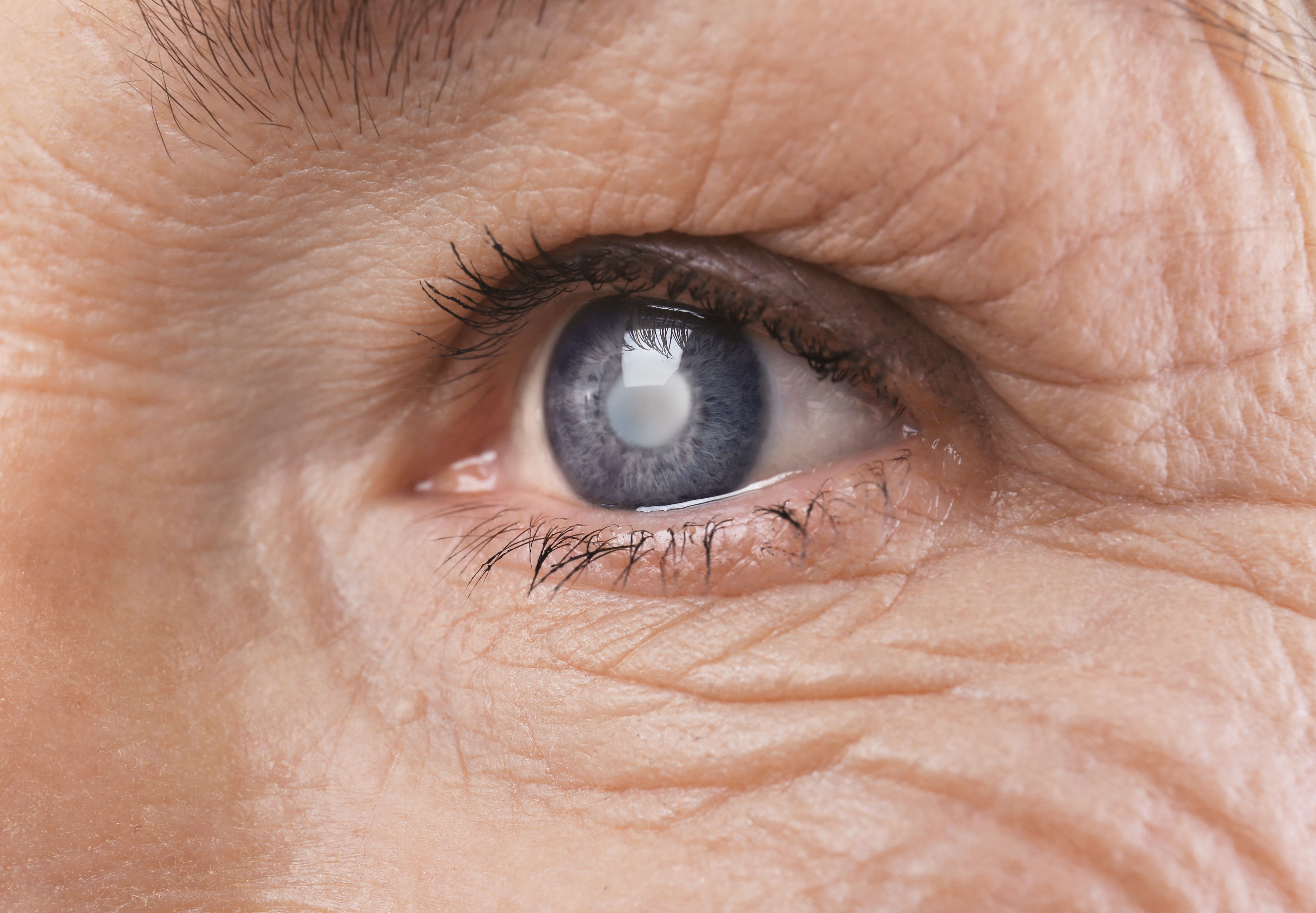- Center on Health Equity & Access
- Clinical
- Health Care Cost
- Health Care Delivery
- Insurance
- Policy
- Technology
- Value-Based Care
Lower Odds of Cataract Associated With Antioxidant Index
A higher composite dietary antioxidant index was found to decrease the chances of American adults developing cataracts.
Antioxidants could be the key to preventing cataracts in adults 50 years and older, according to a new study published in Medicine.1 Patients had lower odds of developing cataracts when they had higher composite dietary antioxidant index (CDAI) measurements.
Cataracts are cloudy areas that form on the lenses of the eye that can cause vision impairment. There are several kinds of cataracts, including age-related, pediatric, traumatic, and secondary cataracts.2 Antioxidants could be a method of preventing cataracts, as excessive reactive oxygen species are known to cause cataracts. CDAI measures the antioxidant capacity of a patient’s diet. This study aimed to assess the relationship between cataracts and CDAI in adults 50 years and older.
This study used the National Health and Nutrition Examination Survey database to gather data on relevant patients. Cycles of data from 2003 to 2008 were included in the study. Participants were excluded if they did not have cataract data, were younger than 50 years, did not have dietary data, or did not have complete data on covariates. All participants were asked if they had a history of cataract surgery. Dietary recall interviews were used to collect dietary information, with the first interview held in person and the second interview held over the phone between 3 and 10 days after the initial interview. Covariates that were considered were educational level, age, race, gender, body mass index, marital status, smoking status, poverty-income ratio, alcohol use, hypertension, diabetes, and cardiovascular disease. All covariatees were self-reported.
Antioxidants could have a correlation with the odds of developing cataracts. | Image credit: Africa Studio - stock.adobe.com

There were 5814 participants included in the study who had a mean (SD) age of 66.28 (10.08) years; women made up 50.29% of the cohort. A total of 19.5% had cataracts. Participants were separated into 3 tertiles based on their CDAI where the mean CDAI was –3.05 (0.99) in tertile 1, –0.47 (0.72) in tertile 2, and 3.74 (2.85) in tertile 3. The incidence of cataracts decreased with increasing tertiles, with tertile 1 having a 19.22% incidence, tertile 2 having a 17.27% incidence, and tertile 3 having an 11.36% incidence. Participants in tertile 3 were more likely to be male, younger, and White compared with tertile 1.
There was a negative correlation between the probability of developing cataracts and CDAI. The odds of developing cataracts decreased by 4% for every unit increase of CDAI (OR, 0.96; 95% CI, 0.93-0.98). Lower odds of cataracts were also found in participants in tertile 3 (OR, 0.78; 95% CI, 0.63-0.96). Cataract odds were also negatively associated with zinc, magnesium, and vitamin E. Further, CDAI had an advantage on determining the likelihood of cataracts using area under curve (AUC) compared with dietary inflammatory index and C-reactive protein (AUC, 0.5567; 95% CI, 0.5385-0.5749).
There were some limitations to this study. The method of evaluating for cataracts was only to ask about past cataract surgery, which could have led to misclassification bias. The type of cataract also was not identified in any of the participants, which may have limited the ability to make connections between CDAI and subtypes of cataracts. In addition, a causal relationship could not be established between CDAI and cataracts; this database only included American participants, which could limit the generalizability; antioxidant supplements were not accounted for in dietary intake surveys; and residual confounding is possible despite accounting for other covariates.
The researchers found there was a negative correlation between cataracts and CDAI found in the cross-sectional study.
“Given these findings, antioxidant dietary patterns, rather than single antioxidant supplements, are recommended for cataract prevention. However, large-scale and multicenter prospective clinical trials are needed to examine the synergistic effects of daily diet on cataract development risk,” the authors concluded.
References
- Zhang Q, Xia X. Association between composite dietary antioxidant index and cataract in American adults aged ≥50 years: a cross-sectional study from NHANES 2003-2008. Medicine (Baltimore). 2025;104(19):e42425. doi:10.1097/MD.0000000000042425
- Cataracts (age-related). Cleveland Clinic. Updated March 7, 2023. Accessed May 13, 2025. https://my.clevelandclinic.org/health/diseases/8589-cataracts-age-related
